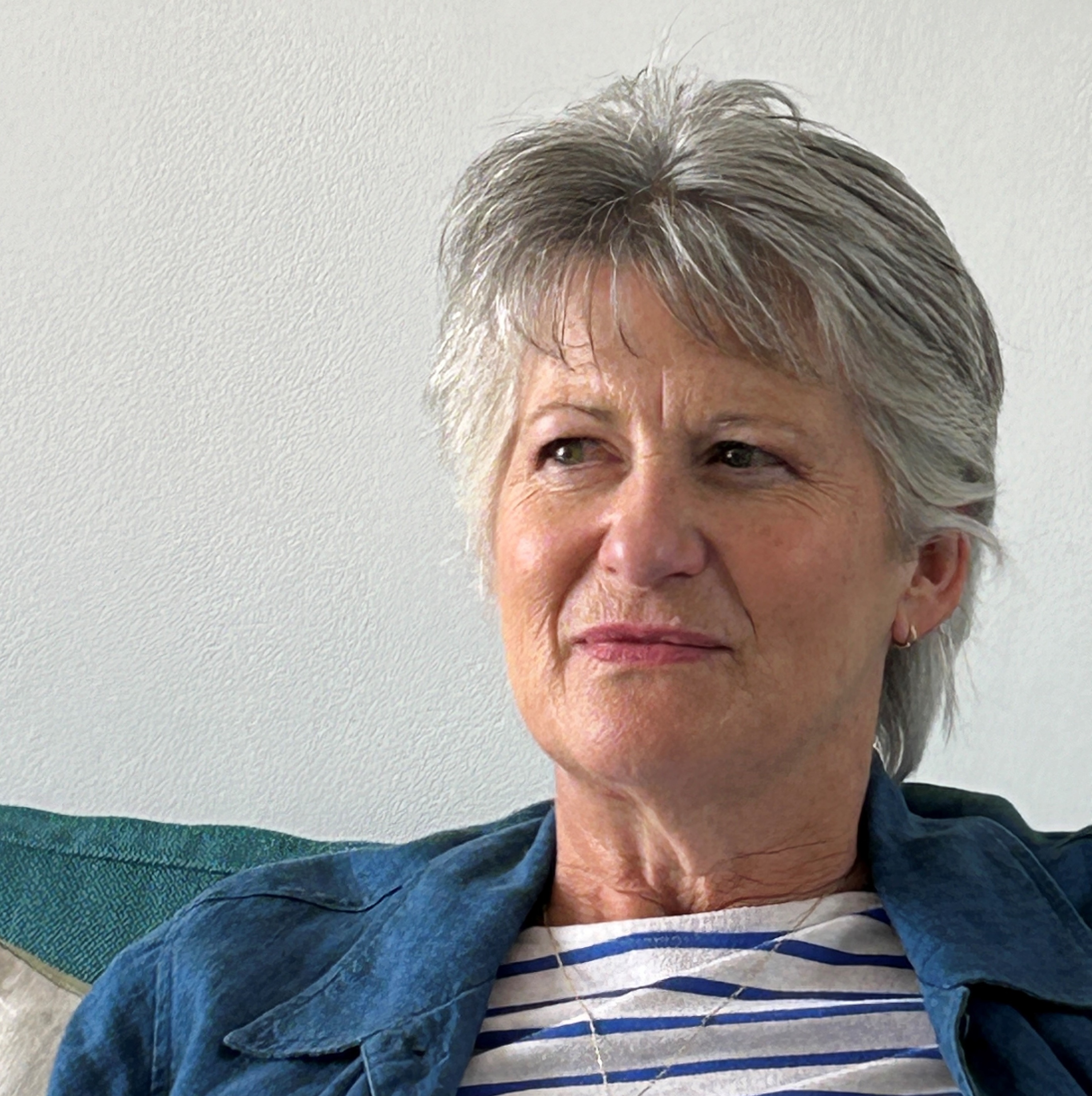Why you shouldn't neglect your ancillary rooms: 'We now live in our kitchens... we want them to be beautiful spaces'
Interior designer and antique dealer Max Rollitt collaborated with custom-cupboard maker Plain English to create this atmospheric pantry in a Georgian rectory. Amelia Thorpe takes a look.


Designed as an extension to the main kitchen, it features Wilkes cupboards painted in Little Greene Tuscan Red, a 17th-century Spanish centre table and an antique wooden stool — and even a sink large enough to bathe the dog.
‘As we now tend to live in our kitchens, we want them to be beautiful spaces, not filled with things that would be better put away elsewhere, so ancillary rooms, such as larders, boot rooms and utility rooms, are very useful for practical tasks and storage,’ explains Mr Rollitt.
‘Ancillary spaces need to be functional, but, given that we spend so much time in them, they also want some charm.’
Such charm comes from the inclusion of ‘functional’ antiques, such as tables and shelves. ‘They’ve gained their richness and patina by being used over many years, so why not continue to use them?’
He also likes to apply bolder colours to cabinetry. ‘You do find brighter colours used in smaller rooms in historic houses, but in days before chemical dyes, they were mixed with more black and raw umber tones, which softened them,’ advises Mr Rollitt, who likes to choose similarly ‘friendly’ shades for his projects today. Max Rollitt — 01962 791124; www.maxrollitt.com Plain English kitchens start from £50,000 — 01449 774028; www.plainenglishdesign.co.uk
[collections]
Exquisite houses, the beauty of Nature, and how to get the most from your life, straight to your inbox.
Amelia Thorpe is a design and interiors journalist and regular contributor to Country Life. She spent the first half of her career book publishing, before jumping the fence to become a writer — a role that she adores. Amelia lives in London with her husband and two roguish dogs.
